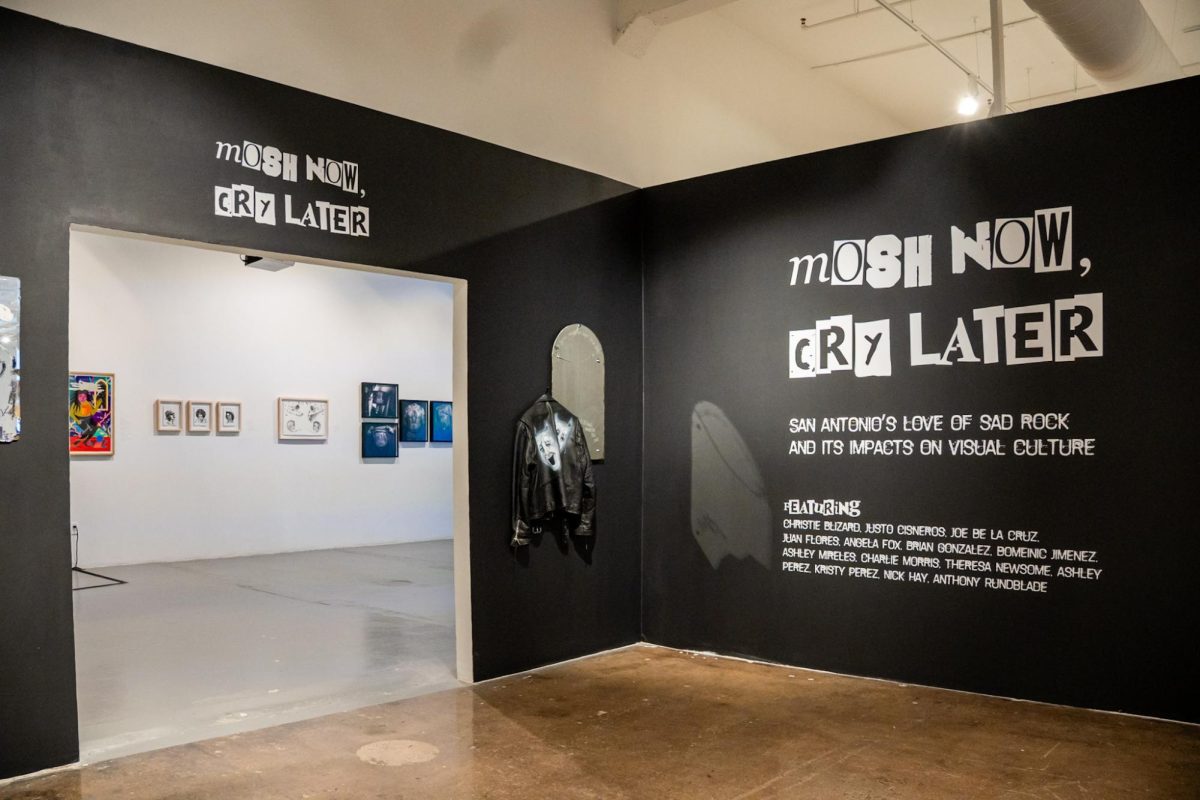
Photo Courtest of RRCC members
Inevitably, after attending UTSA for a semester or more, you will cross paths with one of the cats on campus. They avoid you if you avoid them, but they never pose a threat while you make the trek to class. There might be a brief moment of eye contact before you both continue with your busy day, but afterwards neither gives the other much thought.
All these felines must get fed somehow. Why else would they stick around? Since 2005, faculty members of the Roadrunner Cat Coalition (RRCC) have been working behind the scenes taking care of and feeding the cats that wander onto campus.
“Our job is to take any cats that come on campus and do something for them,” said Karen Williams, a founding member and current treasurer of the RRCC.
The RRCC is a registered faculty volunteer organization that operates completely on donations. While the group technically is not affiliated with the university, the efforts they put forth to keep the cat population at bay is monumental. The members pay for the cats’ food out of their own pockets and save donation money for vet bills and humane “Tru Catch” traps.
“We have two or three (student) feeders at Chaparral Village,” RRCC Vice President Kathy Hope said.
Williams added, “They can’t officially be members, but they certainly can be volunteers for us – particularly the ones that live in the dorms.”
The group’s goal is to keep track of the old and new kitties on campus. If an unfamiliar feline finds its way to UTSA, the RRCC makes sure to have them spayed or neutered, if they haven’t already been, and then do all they can to find them a new permanent home. In the meantime, the group keeps a feeding schedule to ensure all the campus cats are well-nourished.
“Everybody here has a shelter for heat and cold,” Hope said. “They’re very well hidden; you won’t see them.”
While some cats prefer to stay off the grid, others have no problem interacting with students. In fact, one cat, which goes by the name of Harry, has become so notorious for hanging around the Roadrunner Café that a student decided to make him his very own Instagram. Follow Harry’s trail by searching the username @chap_cat on the app.
“I think everyone in our group has a cat from here.” Hope said, “We all have a number of our own, and several of them we’ve taken from UTSA.”
The RRCC has come a long way since its formation, and while the system now is equal parts caring and efficient, starting out was not without its hardships.
“A professor that used to be here about ten years ago…would feed the cats,” Pope said.
Williams added, “but it was sort of haphazard and they didn’t get the cats fixed.”
While this professor’s acts were likely filled with good intentions, the effects were a bit of an issue. Feeding the original feline residents attracted more kitties and even some hungry critters of the more wild variety. This led to a feline frenzy because many of the cats had not been fixed. Every spring, multiple litters were born, but few were adopted.
“A couple of us started feeding, and then we realized someone else was feeding,” Williams explained. “That’s when we decided we better get organized, and started trapping and neutering and identifying where the spots that we would see the cats (were).”
One of the oldest cats, Princess, who has her share of stories, has roamed campus grounds for at least a decade. Princess meandered her way down to the mail delivery area, and, out of curiosity, made her way through a gate that shut behind her.
“She was there for at least a week; we finally heard her meowing and she told us ‘I need help,’” Williams said.
Hope added, “We put a trap in there, and every day we had to go in there and she wouldn’t let us touch her.”
Princess lived to tell the tale, but not without injury. One of her eyes was punctured in the process and had to be removed. While she still likes to keep to herself and has an eye for adventure, Princess has by no means used all of her nine lives.
There are about 25 cats that currently live on campus and could use a permanent home. Learn more about the RRCC, how to donate, how to adopt and how to volunteer at utsacats.com. Like their Facebook page as well to stay updated.






